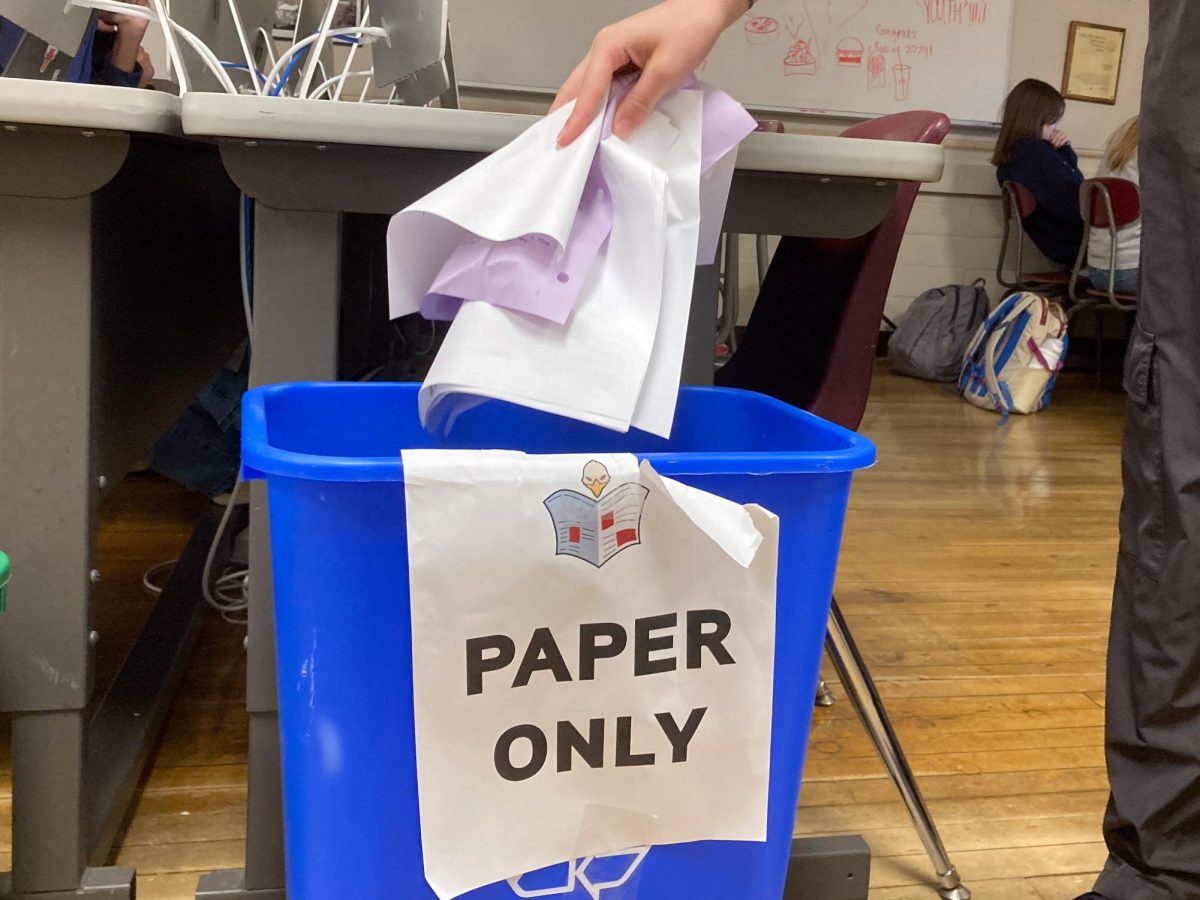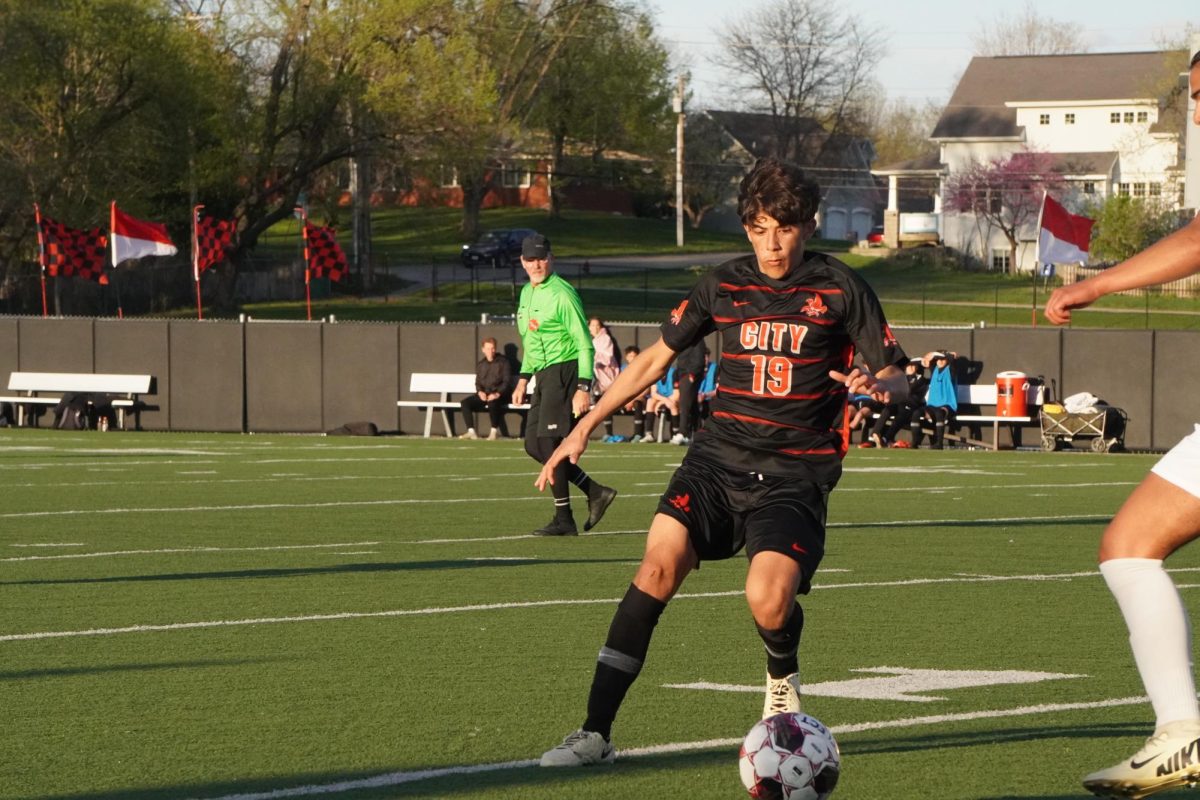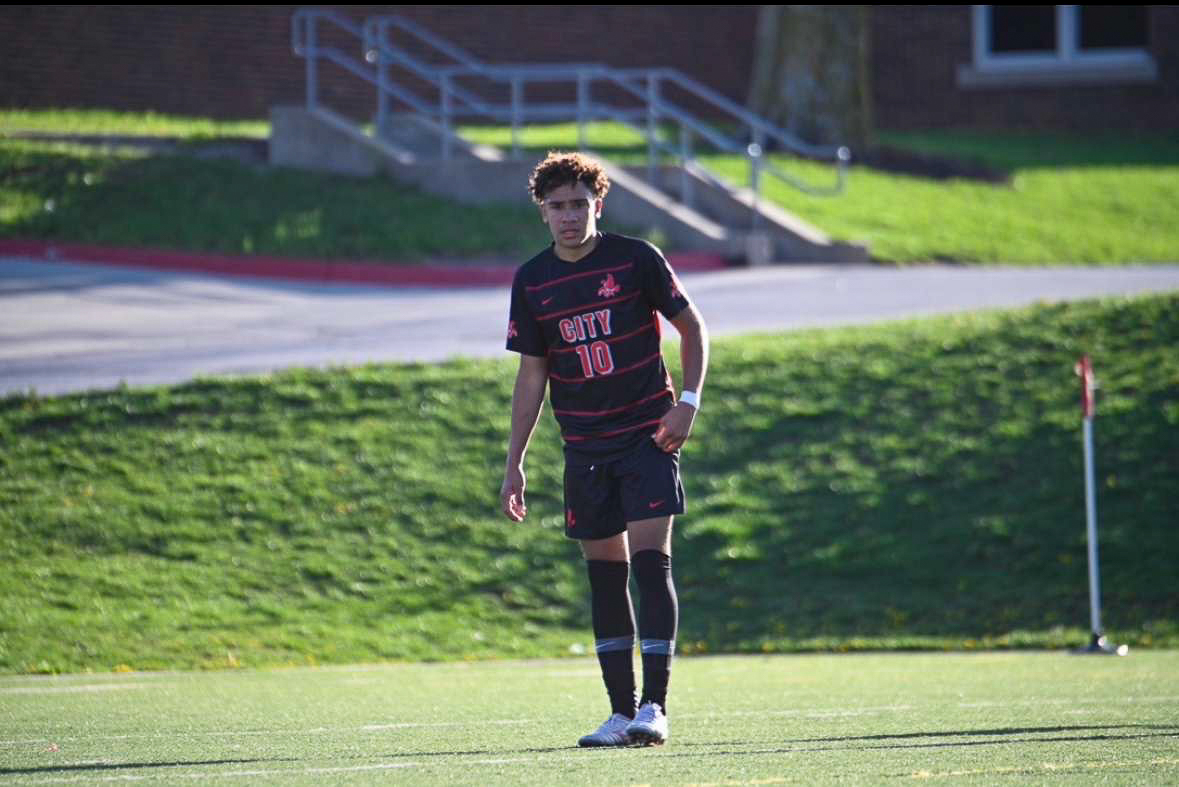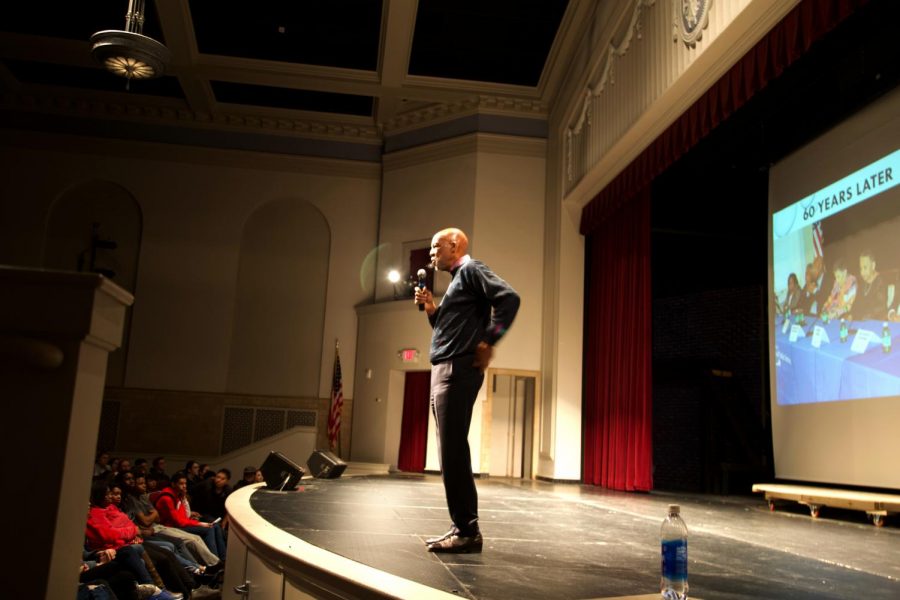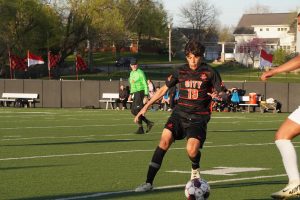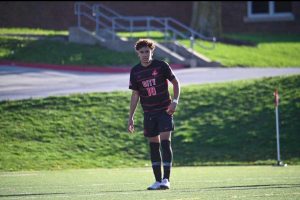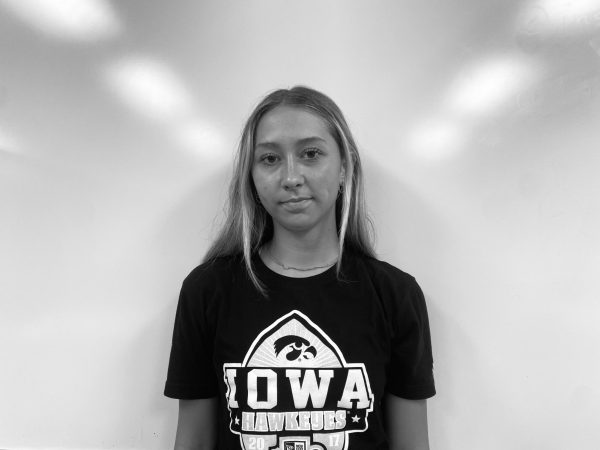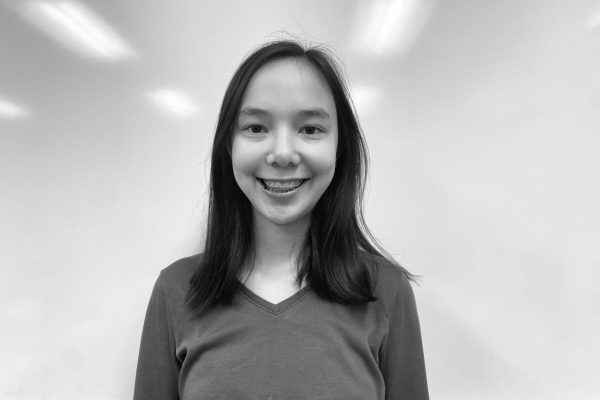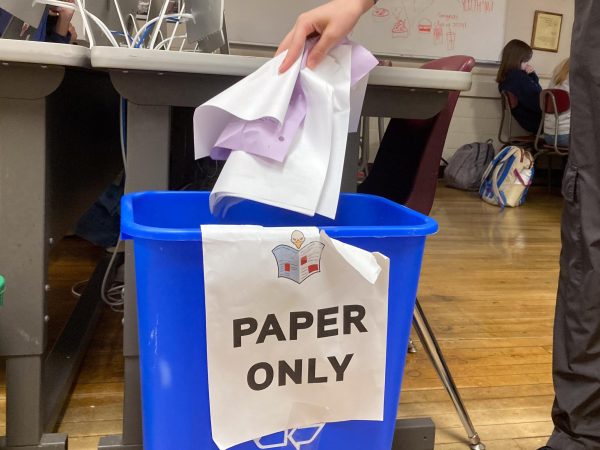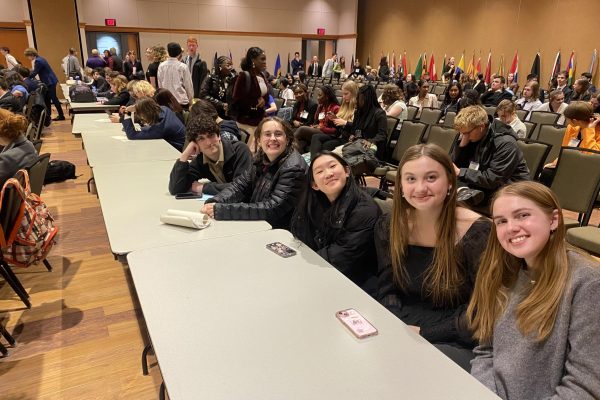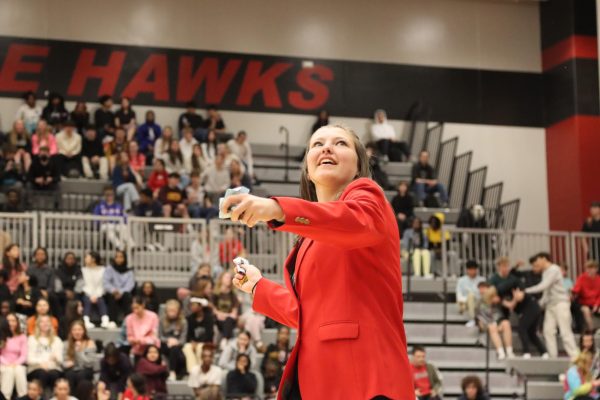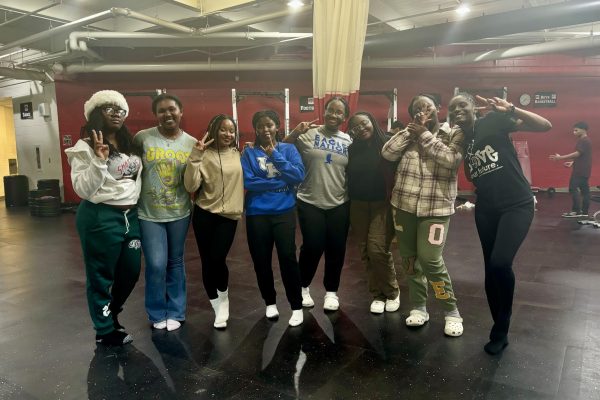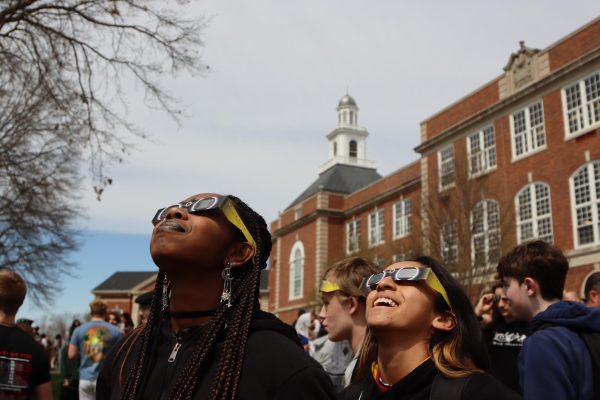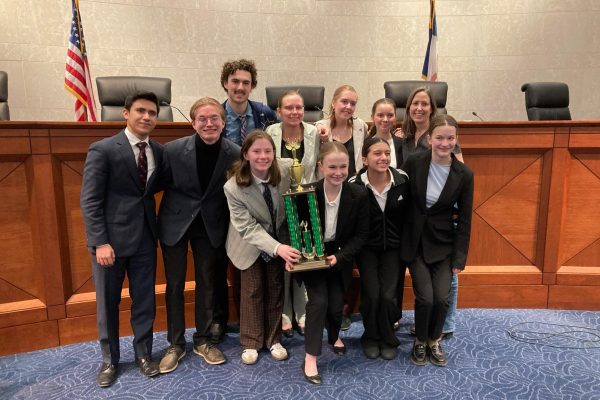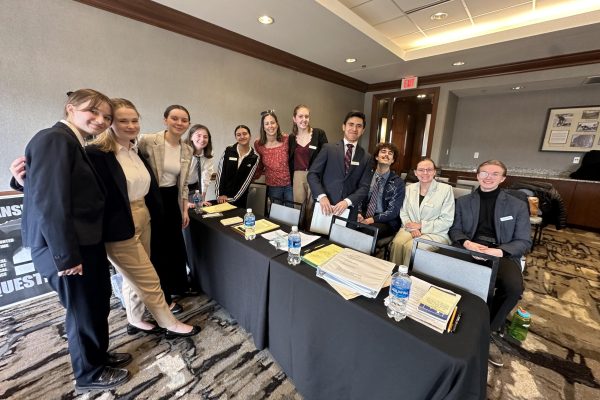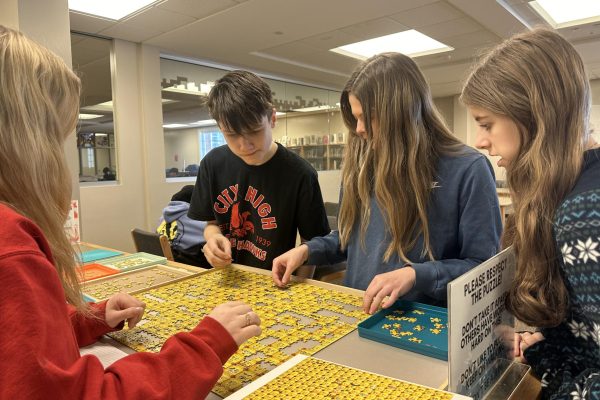Dr. Terence Roberts Visits City High
April 17, 2018
Students gathered in Opstad Auditorium on April 6th to watch a historical figure who helped the civil rights movement: Dr. Terrence Roberts, a member of the Little Rock Nine. They were the nine African-American students who started the 1957 school year at an all-white and previously segregated school in Arkansas.
“The Little Rock Nine showed up only because a group of people on the school board at Little Rock determined that they were going to do something positive in the wake of the Brown decision. So they put together a plan that they were only going to desegregate one school, Central High in Little Rock,” Roberts said.
During his time at City he shared stories of what he encountered at Little Rock and some of the tough situations he was forced to endure.
“I told [my parents] that I volunteered and they didn’t hesitate to say ‘we will support your decision 100 percent.’ That’s what they said. And they followed that up with this phrase, “If you get up there and it’s too hard and you want to quit, we will support you 100 percent.”
He shared about the other eight’s experiences, mentioning their hardships and the fights that they got into while at Central.
“Minnijean is the only one in our group who didn’t finish that year. She got kicked out of school in February of 1958 for fighting. Now you might find that intriguing because all nine of us had taken a vow of nonviolence, we chose not to fight. One day in the cafeteria [Minnijean] had her lunch and some kid prohibited her from entering her seat,” said Roberts. “He blocked her path and there she was with a tray of food hovering over this kid’s head and one question popped into her mind: ‘Should I or should I not share my lunch with him?’ Well, she spent a short time contemplating, and finally decided in the affirmative.”
He then took questions and gave advice, making an effort to hear as many students as possible.
“In keeping with my philosophy of life, I don’t think human beings were meant to fight, ever, anywhere. I can’t understand why we act as if we’re animals, when our brains are bigger than the brains of cats and rats. The default option is to fight because their brains are so small.”
Much of his talk centered around the question of nonviolence, offering several interpretations of the idea.
“I am 99.9 percent nonviolent. But I reserve that one percent to protect my kids,” Roberts said.
After, students lined up to take pictures or returned to classes.
“I thought that the way he taught us to be ourselves was very inspirational. He told people not to care what others think about you and to live the way you want,” Shelby Caldwell ‘21 said.


